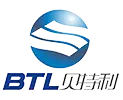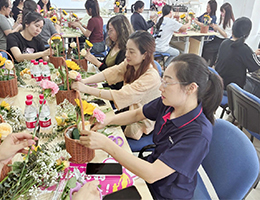Personal precautions:
1. Make sure that the cleanup work is done by trained personnel.
2. Wear appropriate personal protective equipment.
Environmental precautions:
1. Ventilate the leak area.
2. Remove all ignition sources.
3. Notify occupational safety and health and environmental protection related units.
Cleaning methods:
1. Prevent leaks from entering sewers or confined spaces.
2. Under safety conditions, transfer the leaking container to the outdoors or a well-ventilated isolation area, and transfer the residual liquid to other appropriate containers.
3. Small spills: Absorb with an absorbent that does not react with the leak.
4. Large spills: Use sand, soil or other inert materials to block the leak and use a pump or vacuum equipment to pump the liquid into an appropriate container. The residual liquid is absorbed by an inert absorbent and placed in a covered and labeled appropriate container.
Safe handling and storage methods
Disposal:
1. Keep away from heat and ignition sources.
2. Use grounded ventilation systems and safe electrical systems.
3. Post "No Smoking" warning signs.
4. Keep passages and exits unobstructed.
5. Use with minimum operation in a well-ventilated area and separate from the storage area. Storage:
1. Store in a cool, dry, well-ventilated place where direct sunlight is not possible.
2. The storage area should be separated from the work area and away from elevators, buildings, room exits or main passages

